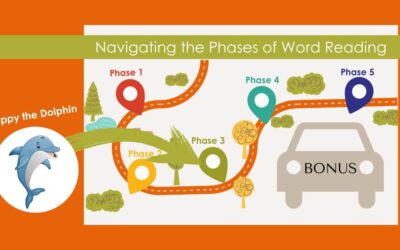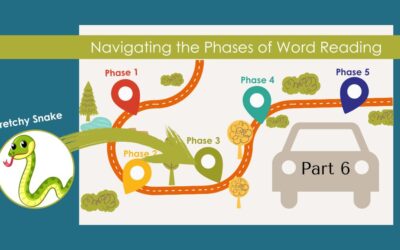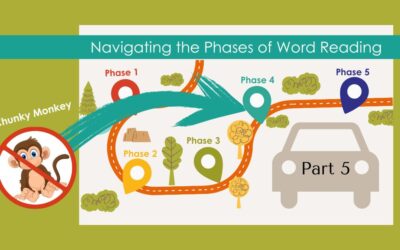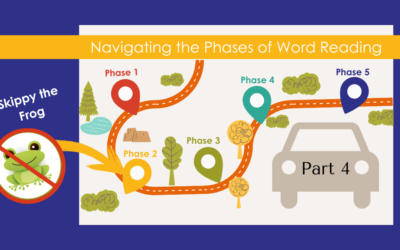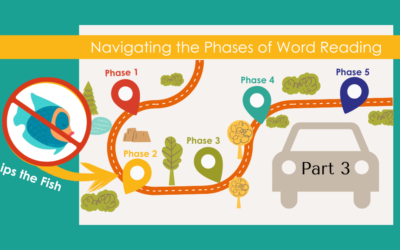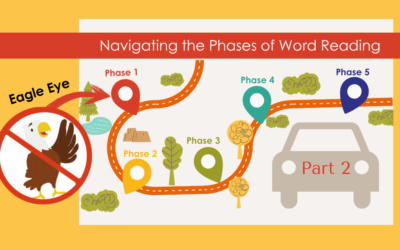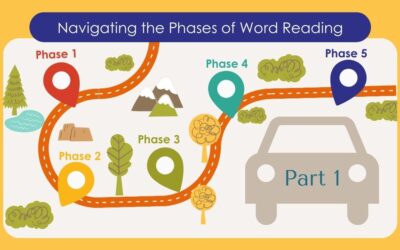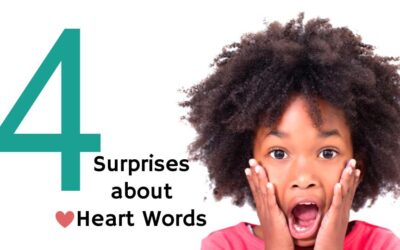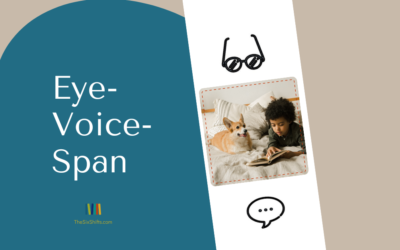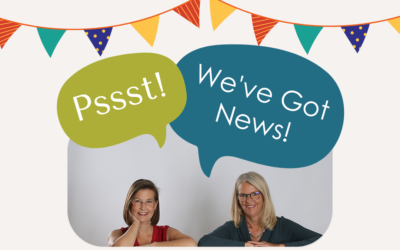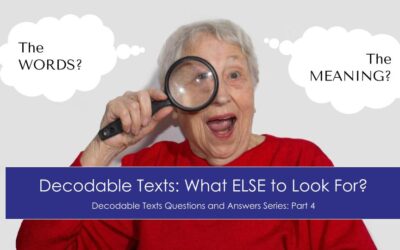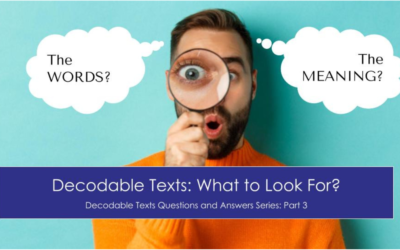Let us know if you’d like to stay connected with updates, information, and notifications of new content.
With a Teacher’s Head and a Mother’s Heart: A Shifting the Balance Upper Elementary Story (A Guest Blog Post by Katie Egan Cunningham)
With Shifting the Balance: 6 Ways to Bring the Science of Reading into the Upper Elementary Classroom about to be released, you might be wondering how this second Shifting the Balance book came to be. Well, there’s a story there that Jan, Kari, and I thought was...
The Six Shifts Podcast: Episodes about the SHIFTS in the NEW 3-5 book are now LIVE!
While it's true that most of the conversation about literacy practices these days seems to focus on the earliest grades, there is plenty of confusion and uncertainty about literacy instruction for older students, too. In Shifting the Balance: 6 Ways to Bring the...
Showing Readers How to Navigate the Phases of Word Learning (Bonus): The Power of Teaching Readers to Try Alternate Sounds
We are glad you are here for this bonus blog as we reach the end (really!) of our six-part (turned seven-part) series on the ways that familiar prompts may or may not be good for students in the long run. As it turns out, some of the familiar prompts that we have...
Showing Readers How to Navigate the Phases of Word Learning (Part 6): The Power of Teaching Students to Blend Words
Over the last several weeks, we have taken a close look at some familiar prompts--along with their Beanie Baby mascots--that are often used in an attempt to support students when they are stuck on a word. Our journey through these common prompts has been mapped out...
Showing Young Readers How to Navigate the Phases of Word Reading (Part 5): The Downsides of Asking Children to Search for Chunks in Words
This is the fifth part of our series exploring how some of the ways we’ve been prompting readers can actually send them on unnecessary detours - or even worse, down dead-end roads - when it comes to developing reading fluency. If you’ve traveled with us through this...
Showing Young Readers How to Navigate the Phases of Word Reading (Part 4): Why Skipping the Word Is Problematic
This is our fourth installment in a 6-part series about how practices for supporting readers when they are stuck on a word can either help them find their way or potentially set up roadblocks in the future. So if you are wondering, “How can I help my students learn to...
Showing Young Readers How to Navigate the Phases of Word Reading (Part 3): Why Looking at the First Letter of the Word Isn’t Enough (even when “read” correctly)
This post is our third in a 6-part series about how you can support readers who are trying to read a word they don’t know. Deciding how to prompt readers when they are stuck or uncertain is one of the most nuanced and critical jobs of literacy educators, and its...
Showing Young Readers How to Navigate the Phases of Word Reading (Part 2): Why Looking at the Pictures Isn’t as Helpful as We Thought
In our last blog, we used a map-reading metaphor to introduce Linnea Ehri’s phases of word learning (1987, 1995, 2002, 2005, 2017). Today we take that conversation a step further by l unpacking a specific (and in many cases beloved) prompt that we’ve relied on to...
Showing Young Readers How to Navigate the Phases of Word Reading (Part 1): A Journey Through Ehri’s Phases
It is summer! Perhaps you are traveling somewhere. While you probably rely on the little person inside your phone to tell you which way to go, we want you to think about how you navigate using a paper map--you know, like in the old days! In preparation for an upcoming...
Today, We Celebrate You
We think every day is the right day to celebrate the work of educators. So, for every single teacher committed to making our schools better places for kids, this one’s for you. Today, we celebrate educators. We celebrate those committed to finding more ways to make...
4 Things that Might Surprise You About ❤️ Heart Words
As more and more schools are making shifts to more brain-friendly practices, many have embraced the idea of marking certain parts of a high-frequency word with a heart, a star, or a surprise face. Chances are you have, too! And whatever the symbol you use, your...
What is Word-by-Word Reading, and Why is it Okay for Beginning Readers?
Listening to proficient readers, it is easy to assume that the word you hear them say is the word their brain is processing. From the outside-in, it just looks like their comprehension coincides with the words they are saying. But this is one of the places where...
We’ve Got News to Share! 6 Ways to Bring the Science of Reading into the Upper Elementary Classroom is coming soon!
Friends, When we wrote our little book, Shifting the Balance: 6 Ways to Bring the Science of Reading into the Balanced Literacy Classroom, we wanted it to be an invitation for balanced literacy educators to take an honest second look at some current practices. Turns...
A Phonics Lesson Planning “Easy Button!”
We love it when educators ask for something to simplify their busy lives, and we can find a way to make it happen! Since our Fall 2022 blog series highlighting our structured (but flexible) Phonics Lesson Template, we’ve had a number of people ask if we could offer an...
Decodable Texts Q&A (Part 6): More Ideas for Getting Started
In this Decodable Text Series, we’ve been exploring questions about the place, the purpose, and the practicality of using decodable texts with beginning readers. You can catch up here if you’ve missed our previous posts. Today’s question: What...
Decodable Texts Q&A (Part 5): What About FREE Decodable Books and Texts?
Tax-free. Gluten-free. Free sample. Free time. Free shipping. Free parking. Who doesn’t love a freebie? We know we do! And, if you love free stuff, then Part 5 of our “Decodable Texts: Question and Answer Series” is for...
Decodable Texts Q&A (Part 4): What Else to Look For – The MEANING
We love finding a Netflix or Prime series that we can count on - one that gives us something to think about after watching as well as something to look forward to in the next episode. In the same way, we hope that you find this “Decodable Text:...
Decodable Texts Q&A (Part 3): What to Look for – The WORDS
In the last couple of blogs, we’ve unpacked these three questions about decodable texts:
Who really needs decodable texts, anyway?
What is a decodable text, really?
How many decodable texts do I need?
If you missed those posts, you can catch up here and here. As we continue the conversation about decodable texts and the role they can play in getting readers off to a strong start with print, today, we begin to explore what to look for as you evaluate the quality of decodable texts. We’ll start by considering one question on this topic today, and then we’ll tackle two more in the next post.
Let us know if you’d like to stay connected with updates, information, and notifications of new content.



